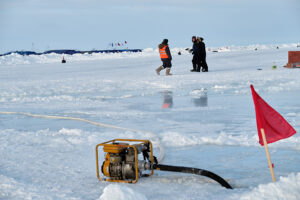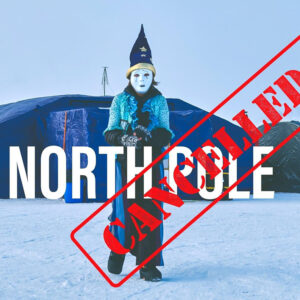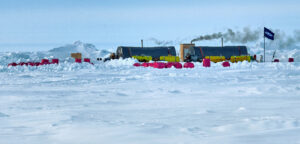Polar cruise logistics have never been easy. Although normally these are comfortable voyages, the extreme environment creates its own problems. An arctic cruise is not a Caribbean vacation.
In 2007, the MS Explorer sank in Antarctica. Engines sometimes break down and may take weeks to repair, sometimes scuttling an entire season. More than once, a ship has run aground in unchartered arctic waters. Occasionally, a cruise company’s financial woes have created havoc with passengers and staff alike.
But these isolated events have been nothing compared to COVID, which has now scuttled two entire seasons in a row. Early this month, Canada extended its ban on cruise travel until February 2022.
To those in the industry, it was disappointing but not unexpected: Early in the pandemic, cases spread like wildfire on cruise ships, stigmatizing the whole industry. While polar ships typically carry just 100 or 200 passengers, they can still be breeding grounds for infection. Last fall, Norway impounded one vessel with COVID-positive passengers that had stopped in several communities, spreading the disease.
Even the organization that oversees the industry, the Association of Arctic Expedition Cruise Operators (AECO), has taken a body blow. Its revenue comes from memberships, donations, sponsorships, and income from various projects, and these have dried up almost completely since 2020. Because it’s a non-profit, it can’t receive government aid. The Canadian government made the decision to protect the arctic communities, which have limited medical care (including almost no ventilators) and are considered one of the most vulnerable groups.

Passengers take a Zodiac cruise in Svalbard, Norway. Photo: Shutterstock
This also kills the Alaskan cruise season, because foreign-registered vessels, as most cruise ships are, cannot both start and end a sailing in a U.S. port. Alaskan cruises start or end in Canada. (The same rules apply in Canada, so eastern arctic cruises usually either start or end in Greenland.)
The ban also extends to “adventure-seeking pleasure craft”, except local boats, causing one British expedition that wanted to row the Northwest Passage to postpone their trip until 2022. An American group that plans to kayak the Passage hasn’t quite given up. Since scientific groups can still travel, they are seeking to partner with organizations that will allow them to claim a research exemption. Otherwise, it’s 2022 for them too.
COVID canceled Antarctic cruises last year, but the austral summer season is still nine months away, so companies continue to advertise their 2021 cruises for now. Russian Arctic cruises continue to run. Norway’s ban remains in place till May, but they may or may not allow cruises to Svalbard after that, depending on the virus situation.






